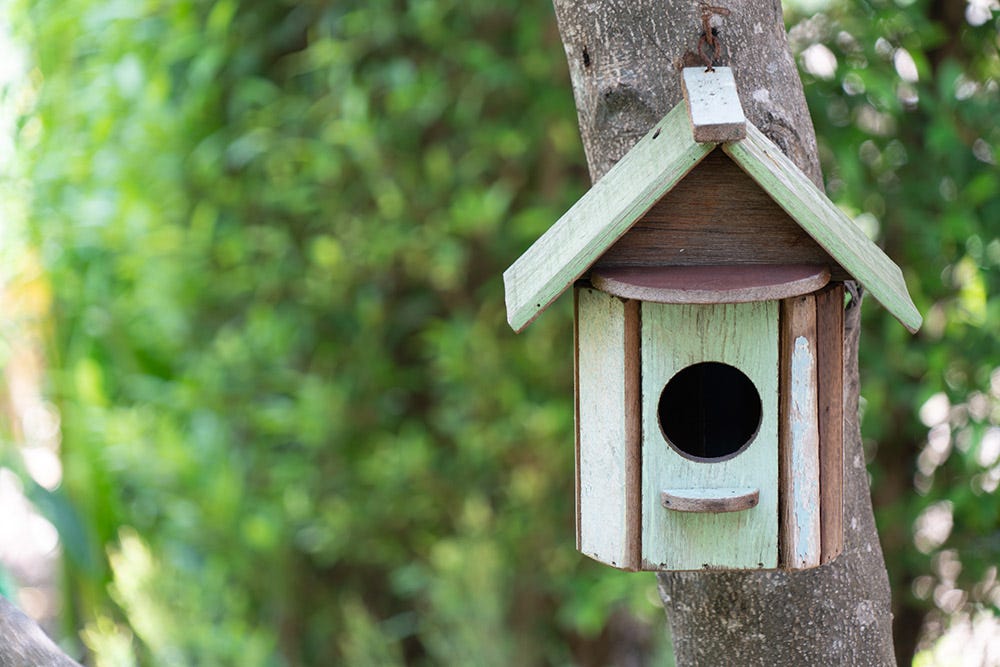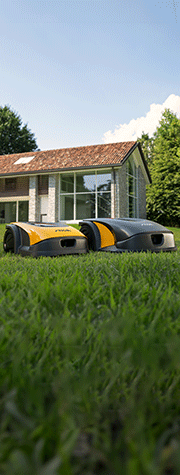
Add these ideas to your January garden jobs list, and you’ll be doing your vital bit to attract a diverse range of pollinators, birds, mammals, invertebrates and amphibians – helping them survive and, hopefully, thrive this winter.
Be a feathered friend
If they haven’t migrated to warmer climes, many birds fly into gardens in search of something to eat.
-
Fill bird feeders with calorie-rich foods, including peanuts and sunflower seed heads. Ground feeders such as thrushes, blackbirds and robins will appreciate seed mixes, chopped apples and grated cheese.
-
Give any bird boxes you might have a spring clean – removing any old nesting material from last year. Check they haven’t rotted or been damaged, and are still firmly attached to the wall, tree or fence.
-
Make your own fat balls. Mix kitchen scraps such as cheese, cake crumbs and dry porridge oats with melted lard or suet (but not turkey fat which can coat birds’ feathers and stop them flying). Then put the balls in the fridge overnight to set.
Keep an eye out for bees
Widespread pesticide use and destruction of their natural habitats have decimated bee populations, especially bumblebees, which are becoming increasingly endangered.
-
If while digging, you accidentally unearth a queen bee, carefully place her somewhere cold and dry, such as under leaf-litter.
-
Resist bringing her indoors, as she needs to be outside to continue hibernating and hopefully establish a nest early in the year.
-
If she hasn’t moved for ages and looks in need of an energy boost, make a sugar solution of 50/50 white sugar (not honey which can contain pathogens) and water. Offer this to her in an upturned bottle top or teaspoon.
Home, sweet 'dead-wood' home
Dead wood makes the ideal place for all kinds of wildlife to live and find food to eat.
-
Create a log pile in a quiet part of the garden that’s not likely to be disturbed, such as the back of a border. Partially bury the logs to suit beetles that breed on decaying wood beneath the soil’s surface.
-
Erect four wooden posts in a rectangle shape to make a frame that you can then pack with logs, followed by twigs and clippings on top.
-
Recycle your Christmas tree, chopping up the trunk and branches before bundling together into a pile. Fill any gaps with dry leaves, leaving a few nooks and crannies free for insects – and the animals that feed on them!
We would love to see the wildlife in your garden - use the hashtag #stigalawnmowers and we could feature your photos on our social media platforms.
Follow us @stigalawnmowers (Instagram) @stigauk (facebook) @StigaLawnmowers (Twitter)


 Free Delivery
Free Delivery White glove service
White glove service Payments
Payments